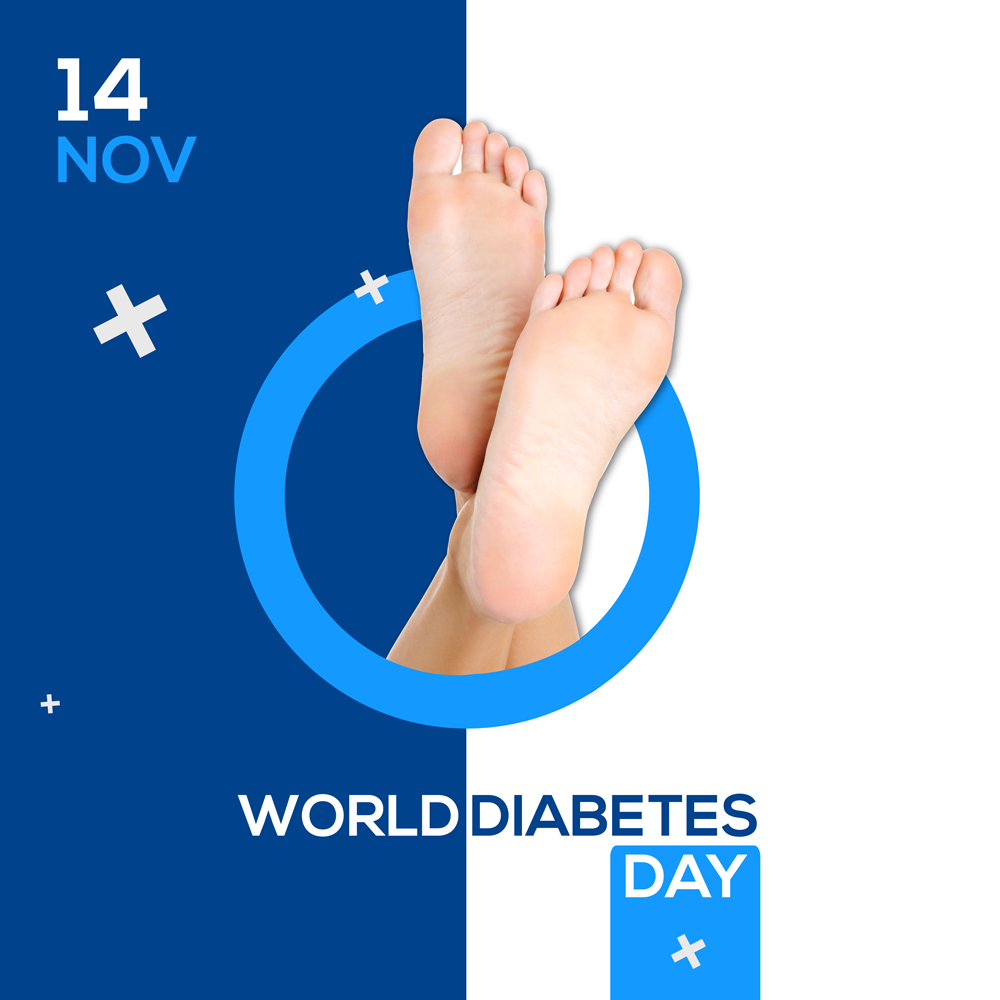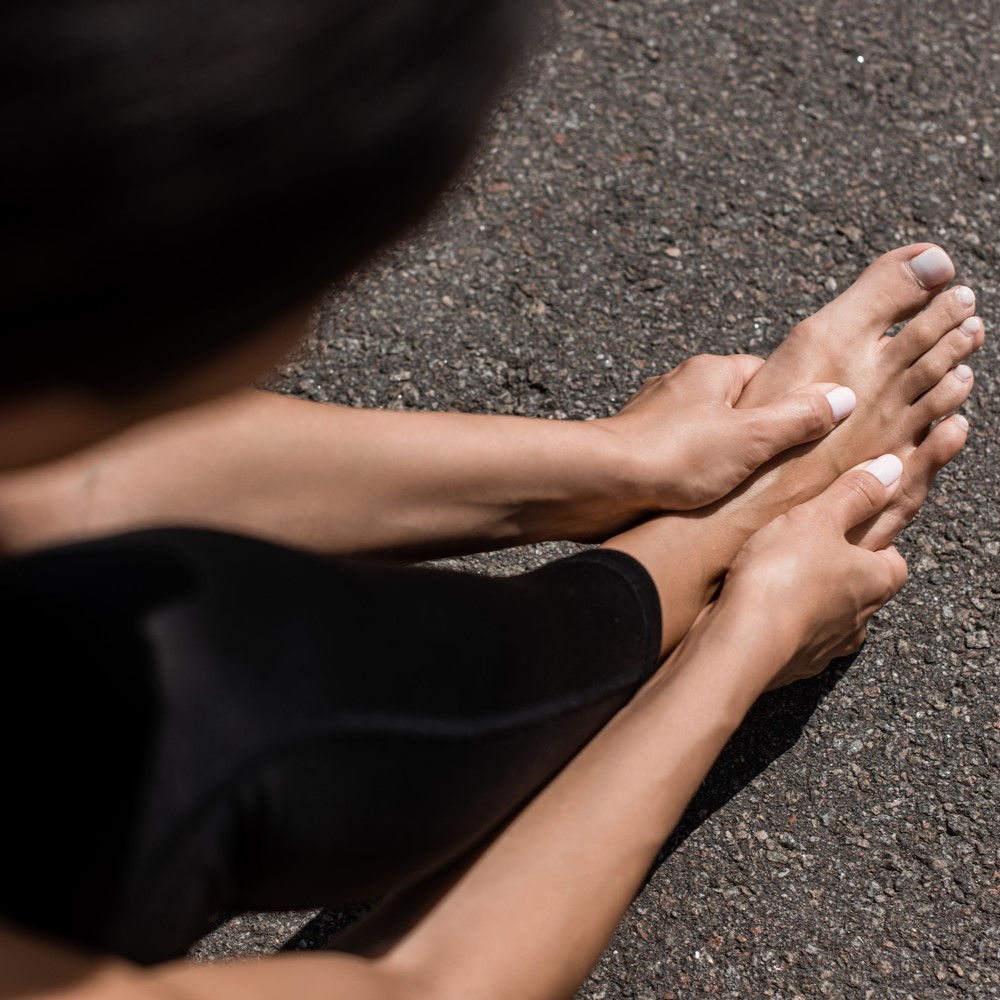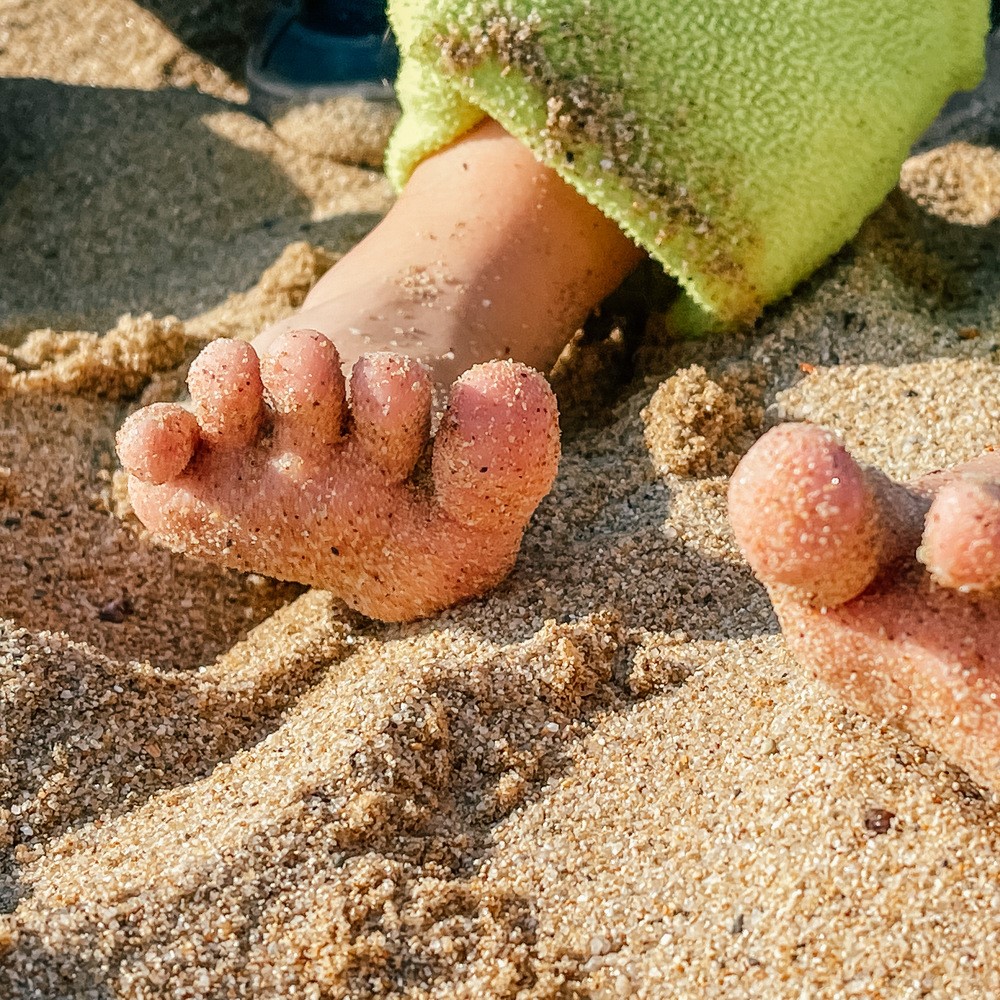The Perfect Fit: Choosing the Best Shoes for Hajj
Hajj is a physically demanding pilgrimage, and comfortable footwear is essential. With vast distances to traverse and long hours spent standing and walking, ill-suited shoes can quickly turn a spiritual journey into a painful experience. So, how do you choose the best shoes for Hajj? Comfort is King (and Queen) First and foremost, prioritize comfort. During Ihram (the state of pilgrimage), pilgrims traditionally wear sandals or shoes that leave the ankles bare. Look for footwear with ample cushioning, particularly in the heel and ball of the foot. Breathable materials like leather or mesh will help prevent sweaty feet, while a supportive sole will minimize fatigue and strain on your joints. Find out Ill-fitting shoe problems! Consider the Terrain Hajj involves navigating diverse landscapes. You’ll encounter smooth marble floors in the Grand Mosque, uneven cobblestone paths, and potentially hot, sandy terrain in Mina and Muzdalifah. Opt for shoes with good traction to prevent slips and falls. Consider investing in a pair with removable insoles, allowing for easy cleaning and potential customization for additional arch support. Breaking In is Crucial There’s nothing worse than brand new shoes chafing your feet during Hajj. Avoid this discomfort by thoroughly breaking in your chosen footwear well before your pilgrimage. Wear them for progressively longer walks on various surfaces to ensure a comfortable and blister-free experience. Beyond the Basics: Additional Tips Remember, the best shoes for Hajj are the ones that prioritize your individual needs and provide optimal comfort throughout your pilgrimage. By carefully considering these factors, you can ensure your journey is focused on spiritual fulfillment, not foot pain.
The Perfect Fit: Choosing the Best Shoes for Hajj Read More »











